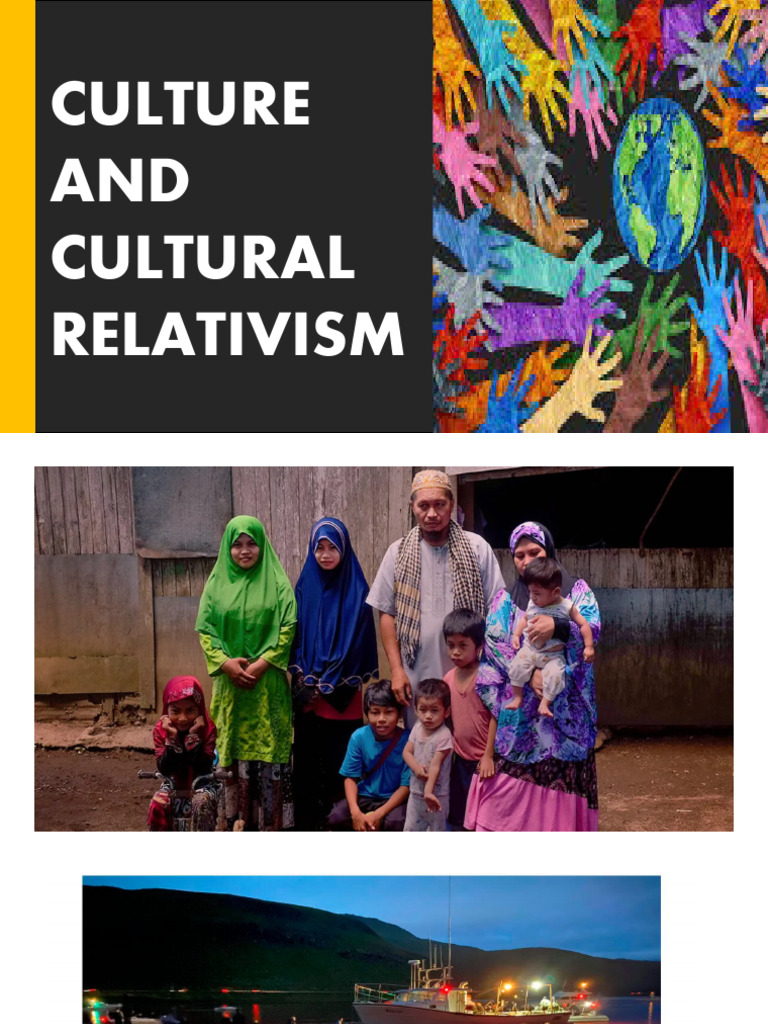The concept of cultural relativism posits that a person’s beliefs, values, and practices should be understood based on that person’s own culture, rather than be judged against the criteria of another culture. As an analytical framework, cultural relativism champions the idea that no single culture is superior to another; rather, they are distinct expressions of human experience. However, this evocative notion raises an essential question: Is cultural relativism always feasible when evaluating cultures? This inquiry invites scrutiny, stimulating an examination of its merits and pitfalls.
To engage with cultural relativism adequately, it is imperative to elucidate the foundational premises that undergird its philosophy. Primarily, cultural relativism renounces ethnocentrism—the inherent bias toward the norms and values of one’s own culture. It asserts that cultural norms derive their meaning from the cultural context in which they exist. This assertion is particularly promising in fostering appreciation for diversity and engendering tolerance among disparate groups.
However, one of the significant challenges that emerges in the application of cultural relativism pertains to the juxtaposition of cultural practices against universal human rights. For instance, consider practices such as female genital mutilation or honor killings. While cultural relativists might contend that these practices bear significance within their cultural frameworks, they provoke moral outrage and ethical dilemmas when scrutinized through a lens that prioritizes universal human rights. Such practices raise an important quandary: can cultural relativism effectively accommodate the protection of individuals against harmful practices while preserving cultural integrity?
Cultural relativism’s promise lies in its potential to foster an empathetic understanding of cultural differences. It encourages individuals to step outside their own experiences and engage with unfamiliar traditions. This shift in perspective can dismantle the barriers erected through misinterpretation and prejudice. When individuals open themselves to understanding the motivations and values inherent in another culture, the dialogues that ensue can foster greater global cohesion. Yet, this harmonious picture is often clouded by the complexities of real-world interactions.
The feasibility of cultural relativism also becomes problematic in instances of cross-cultural interactions and negotiations. In a globalized world where cultural intersections are frequent, adhering rigidly to relativist ideals can complicate communication and mutual understanding. Without a framework to navigate discrepancies, misunderstandings may proliferate, leading to conflict rather than cooperation. Thus, the tension between respect for cultural practices and the need for a common ethical ground becomes evident; societies must grapple with this paradox continually.
Furthermore, the dynamic nature of cultures must be taken into account when evaluating cultural relativism’s feasibility. Cultures are not static entities but are fluid and evolving constructs that adapt over time. This dynamism allows for the potential reshaping of cultural norms, which raises the question of whether the strict application of cultural relativism is practical or overly reductive. For example, as globalization permeates national boundaries, cultures interact, and thus, some practices that were once considered sacred may come under renewed scrutiny or be replaced by new ideas that reflect changing social values.
Another aspect to consider is the role of power dynamics within and between cultures. Cultural relativism often overlooks the hierarchies present in societies. Some cultural practices benefit certain groups at the expense of others. For instance, patriarchal structures may perpetuate inequalities, rendering some cultural practices oppressive to specific segments of the population. Traditional practices that subjugate particular demographics cannot be immune to critique simply because they are culturally sanctioned. This reality illustrates a limitation in the feasibility of cultural relativism as a blanket evaluative framework.
In addition, the question of accountability comes into play. Who is responsible for critiquing practices deemed harmful within a cultural context? Can individuals outside a culture legitimately hold its practices accountable, or must such critiques come from within? This dilemma introduces another layer of complexity to the discourse surrounding cultural relativism. While insiders may have intimate knowledge of their culture’s nuances, their close proximity to it could bias their ability to see harmful elements objectively.
One practical solution to reconcile these tensions is to adopt a form of critical cultural relativism. This approach suggests a balance between recognition of cultural uniqueness and the advocacy for universal human rights, encouraging dialogue that allows for the critique of cultural practices without dismissing the culture as a whole. Such a perspective permits discussion of malfeasance or harm while still recognizing the intrinsic value of diverse cultural expressions, paving the way for collaborative evolution.
Ultimately, while cultural relativism serves as a valuable tool for promoting understanding and tolerance, its application is not without challenges. The feasibility of cultural relativism in evaluating cultures is complicated by issues of ethics, power dynamics, and the dynamic nature of cultures themselves. The promise of cultural relativism is a shift in perspective, a way to appreciate diversity and forge connections across cultural divides. Nevertheless, it must be approached with careful consideration, ensuring that the discussions it inspires are constructive and inclusive, moving beyond mere tolerance towards genuine solidarity. Thus, the journey toward understanding the complexities of culture is fraught with challenges, necessitating an ongoing and evolving dialogue that respects both individuality and universal human dignity.
